Continuing Education Courses
Including Free*† Online CE Courses developed by:

Supporting Best Practices — And Even Better Outcomes — With FREE CEs
FREE CE Courses with Credits

EQUITABLE CARE
Target Audience: OT, SLP, PT, RN, MD and Neonatal professionals. Learners will review trends in neonatal/maternal mortality with emphasis on racial disparities, highlighting life course perspective and social determinants of health. 6 areas of expertise for neonatal therapists are highlighted to improve health equity by directly empowering marginalized parents.

MOTIVATIONAL LEADERSHIP
At the 2023 NICU Leadership Forum, family nurse practitioner, Tad Adugnaw Worku, MSN, RN, FNP-BC, CEN discusses the importance of seeking hope in the face of challenges and how it takes courage to find it. In this symposium, Worku offers up knowledge and experience on how stories, music, relationships and hope can shape us and help us recognize the good around us.

MOTIVATIONAL LEADERSHIP
Hear from Terry S. Johnson, APN, NNP-BC, ASPPS, CLEC, MN and the Academy of Neonatal Nursing on the latest developments of neonatal nursing, opportunities to improve the quality of care and how you can develop a personalized plan for your future. This course offers one continued education credit for participants.

MOTIVATIONAL LEADERSHIP
Examining the many challenges nurses are currently facing, while highlighting the critical impact they have on patients, families, and society at large. Learn to identify strategies to strengthen your personal engagement, as well as actions you can take to increase your impact.

NICU CLINICAL CARE
Review common myths and misperceptions in the care of opioid-exposed mother infant dyads | Support families impacted by substance use disorder at a vulnerable time following delivery | Provide non-stigmatizing, patient-centered, trauma informed care to opioid-exposed dyads in the inpatient or outpatient setting

SLEEP
Dr. Charlotte Wool discusses the importance of sleep and offers strategies that will personally benefit professionals like you and those in your care. After viewing this webinar, you will be well equipped to apply sleep assessment tools, understand the dangers of poor sleep patterns, and gain approaches to support the crucial “sleep drive.”
FREE CE Courses

NICU CLINICAL CARE
Describe the current trends in the incidence of NAS in the US and at least one effect this trend has on the healthcare system and/or on NICU’s | Outline two or more challenges frequently encountered when using clinical assessment tools for infants with NAS, and two recent innovations | List three pharmacologic and/or non-pharmacologic treatment options for infants with NAS | Discuss two reasons why understanding local data prior to implementing process change is critical for a program’s success

Expand your knowledge and gain clinical insights from leaders in neonatal and pediatric care.

Recent Advances in Neonatal Skin Care: Leveraging Evidence-based Insight for the Care of Diaper Dermatitis
With Andrew N. Carr, PhD, Director of Clinical Sciences, Procter & Gamble
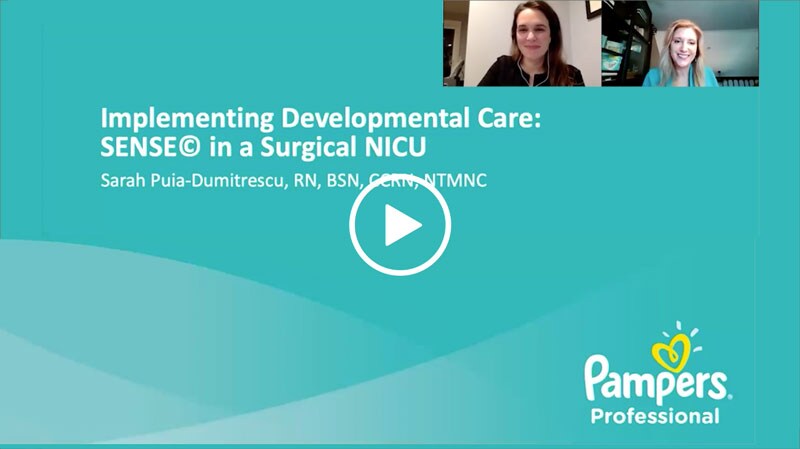
Implementing Developmental Care: SENSE© in a Surgical NICU
With Sarah Puia-Dumitrescu, RN, BSN, CCRN, NTMC
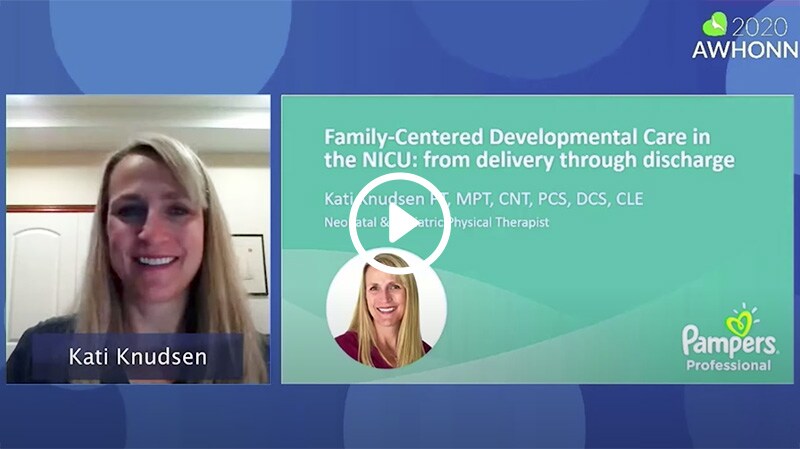
Family-Centered Developmental Care in the NICU: From Delivery Through Discharge
With Kati Knudsen, PT, MPT, CNT, PDC, DCS, CLE
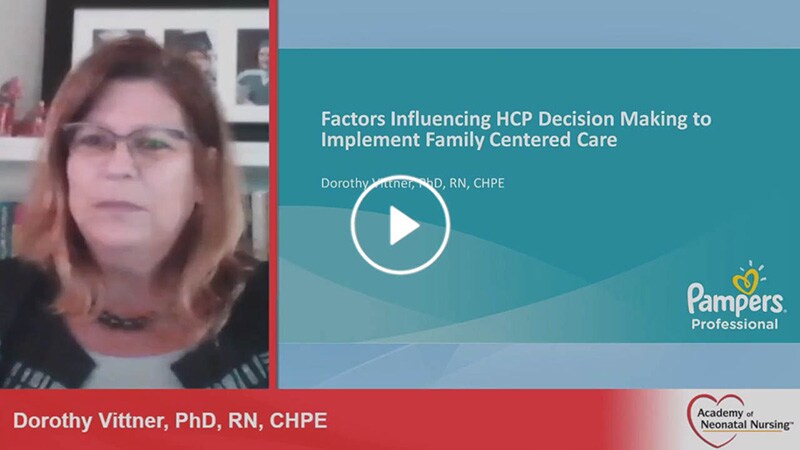
Factors That Influence HCP Decision Making to Implement Family Centered Care
With Dorothy Vittner, PhD, RN, CHPE

Neonatal Skin Care
With Dr. Marty Visscher, Dr. Andrew Carr and Lauren Heimall, MSN, RNC-NIC, PCNS-BC
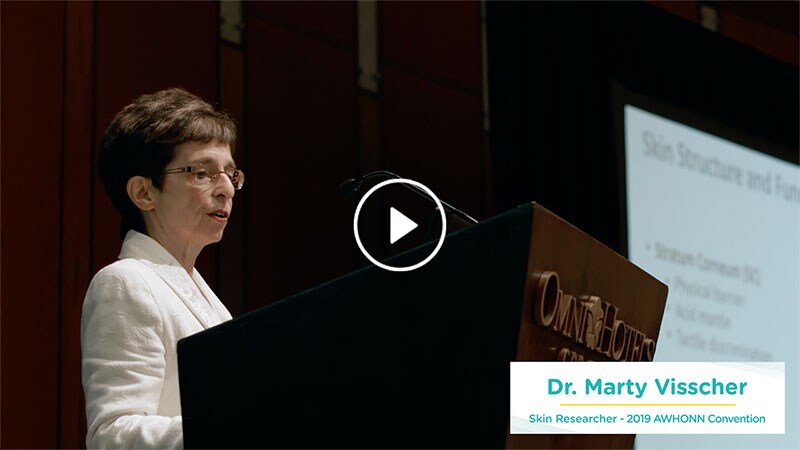
Biology of Neonatal Skin Highlights
With Dr. Marty Visscher
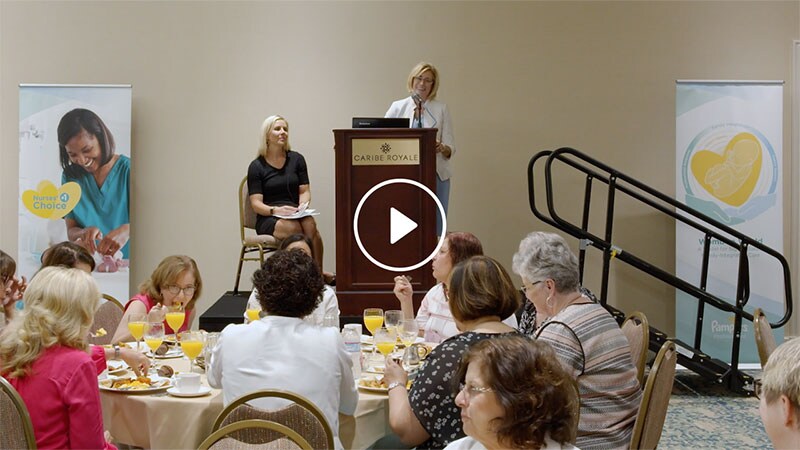
Implementing Family-Centered Care from Mother/Baby to NICU
With Charlotte Wool, PhD, RN, FAAN and Amy Wiford, BSN, RN, NTMNC
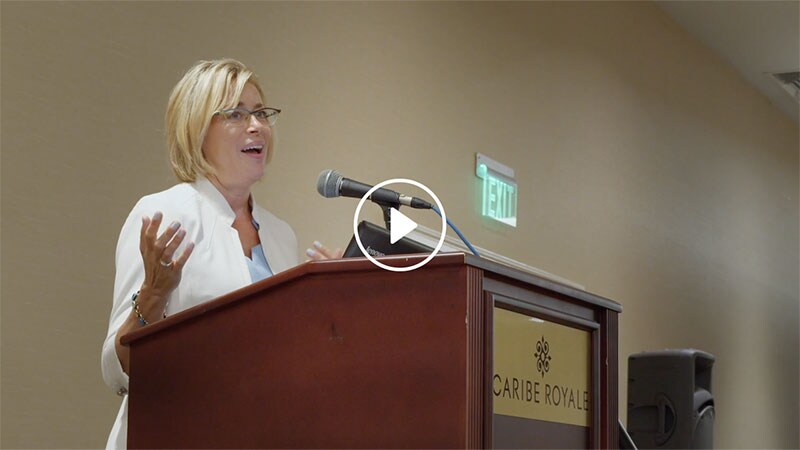
Implementing Family-Centered Care from Mother/Baby to NICU Highlights
With Charlotte Wool, PhD, RN, FAAN

Multidisciplinary Team Challenges to Caring for Patients with Hypoxic Ischemic Encephalopathy (HIE)
With Stephen DeMeo, DO, MEd and Amy Wiford, BSN, RN, NTMNC
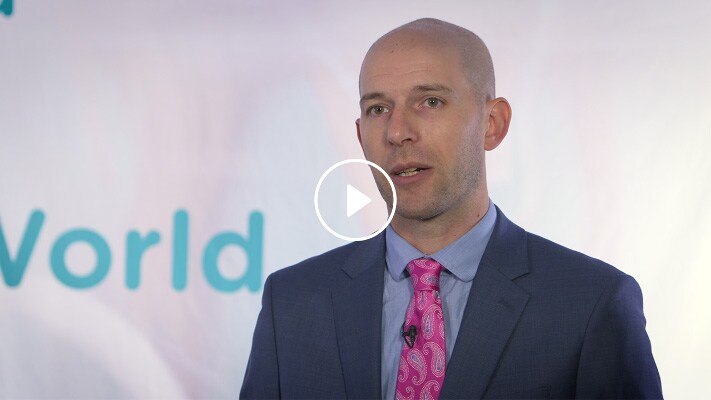
Multidisciplinary Challenges to Caring for Patients with Hypoxic Ischemic Encephalopathy Highlights
With Stephen DeMeo, DO, MEd













